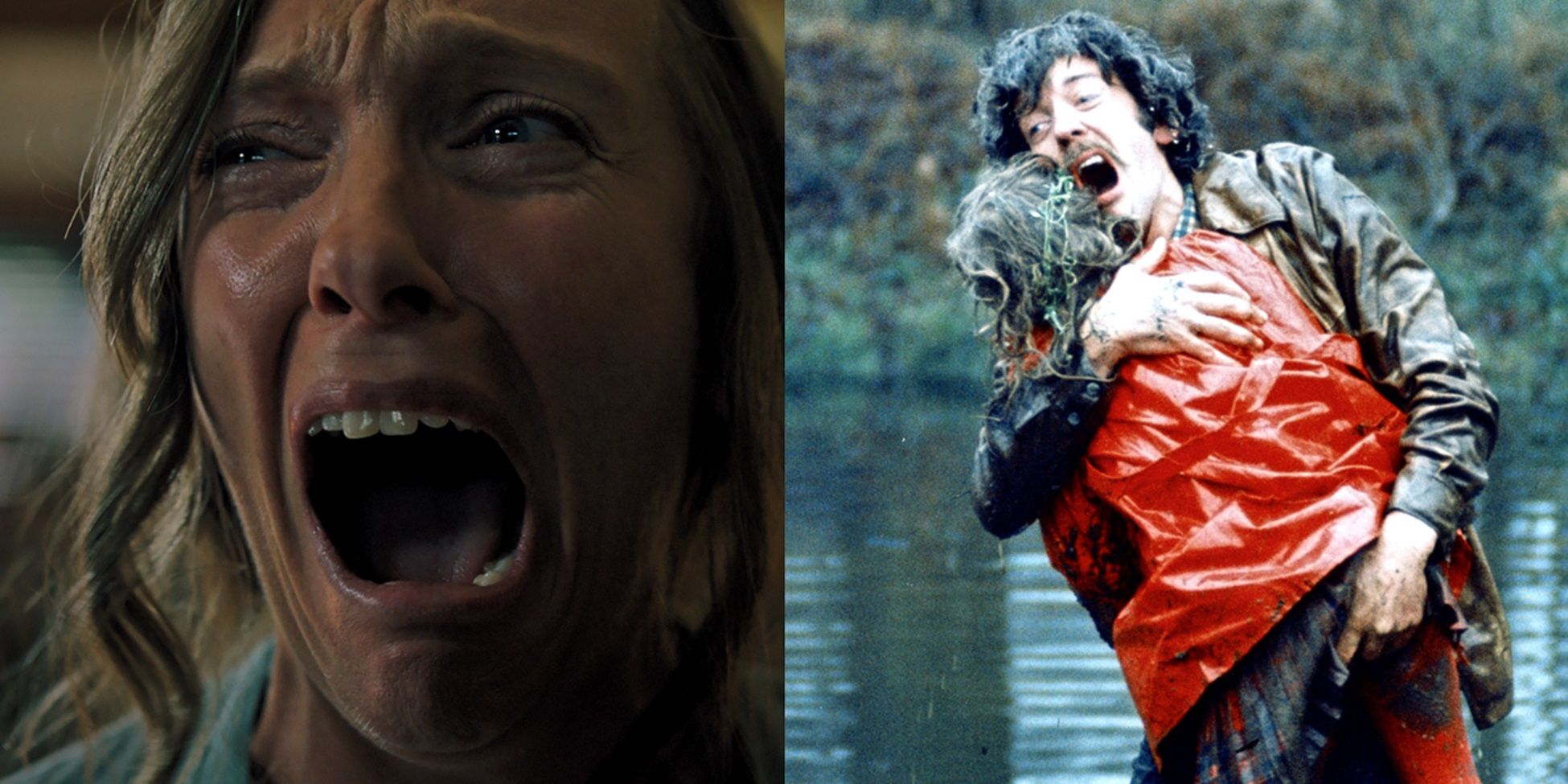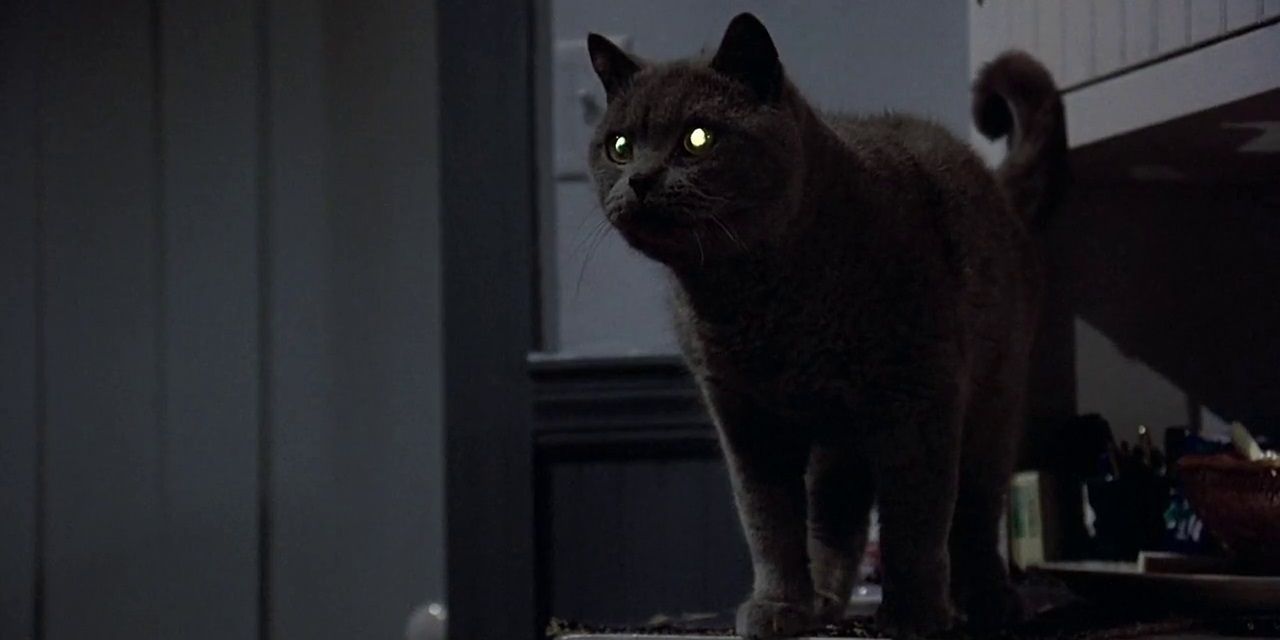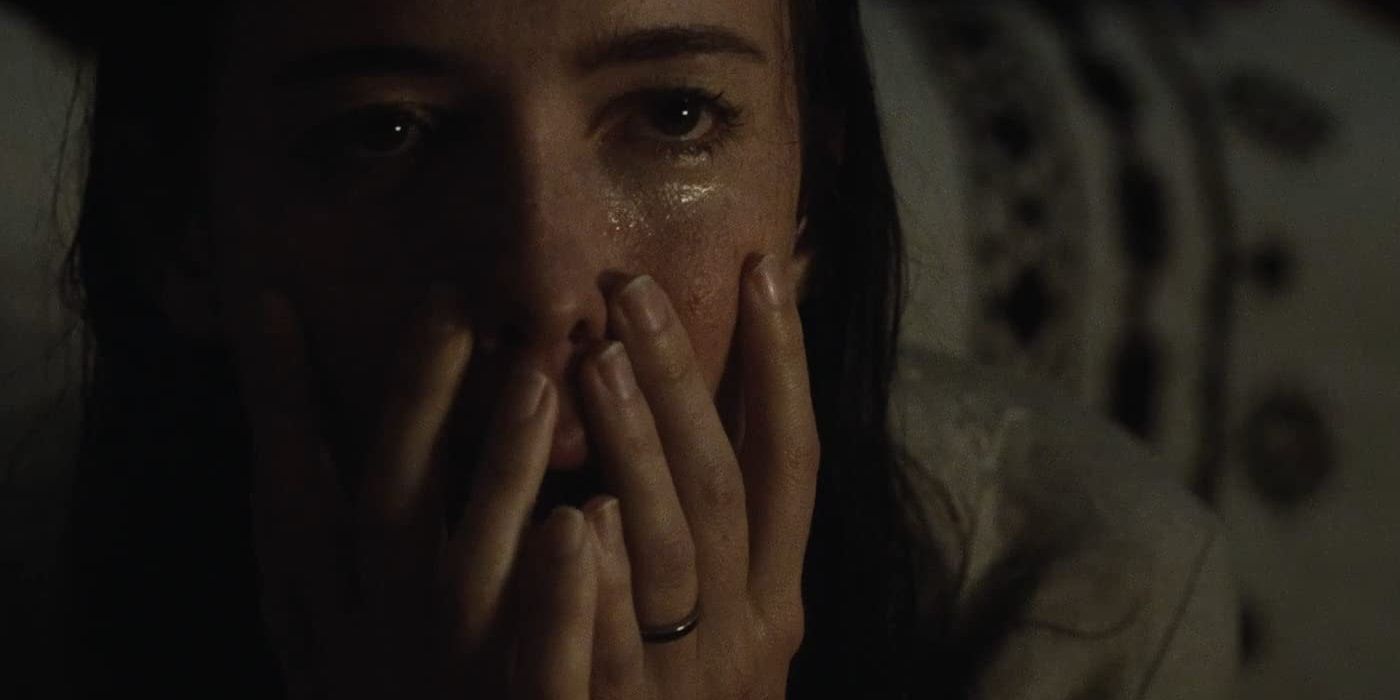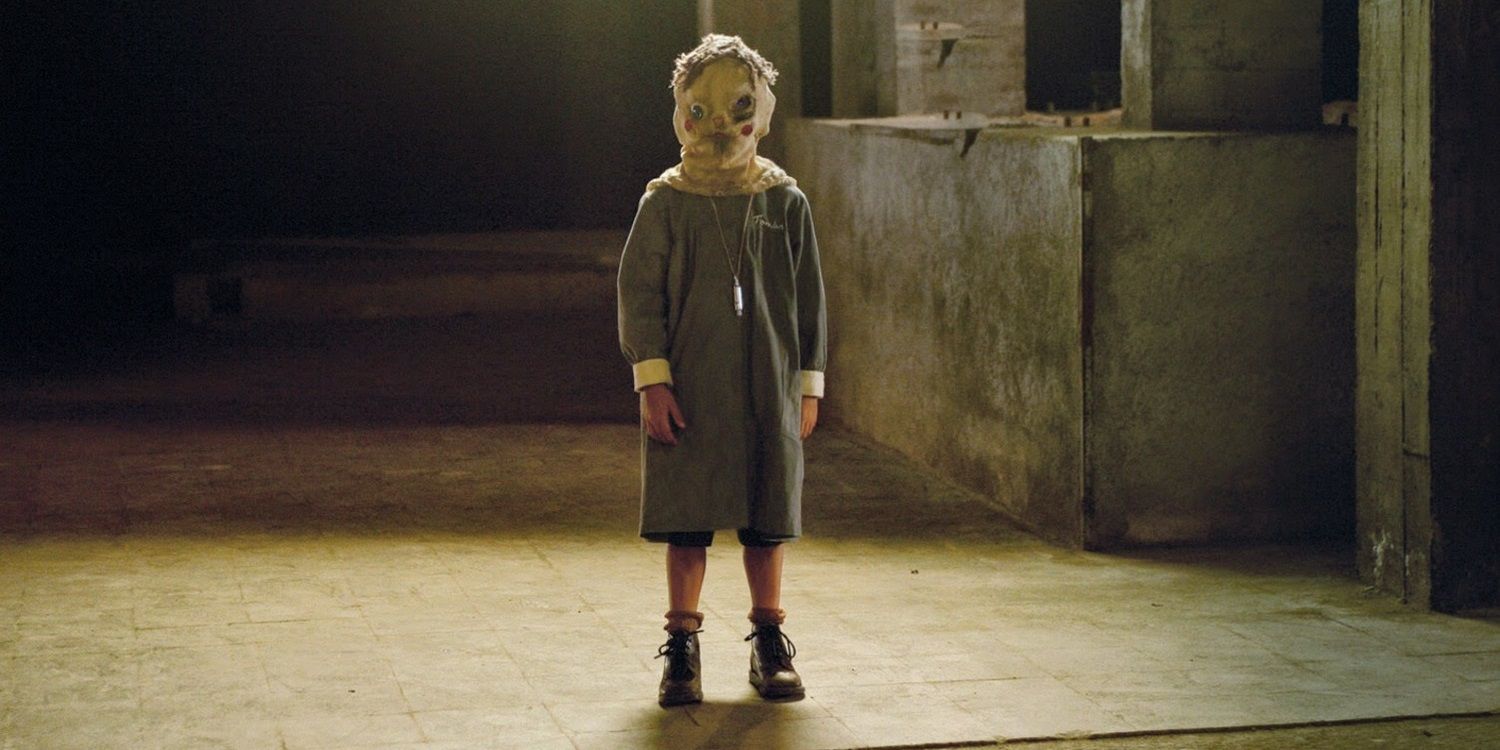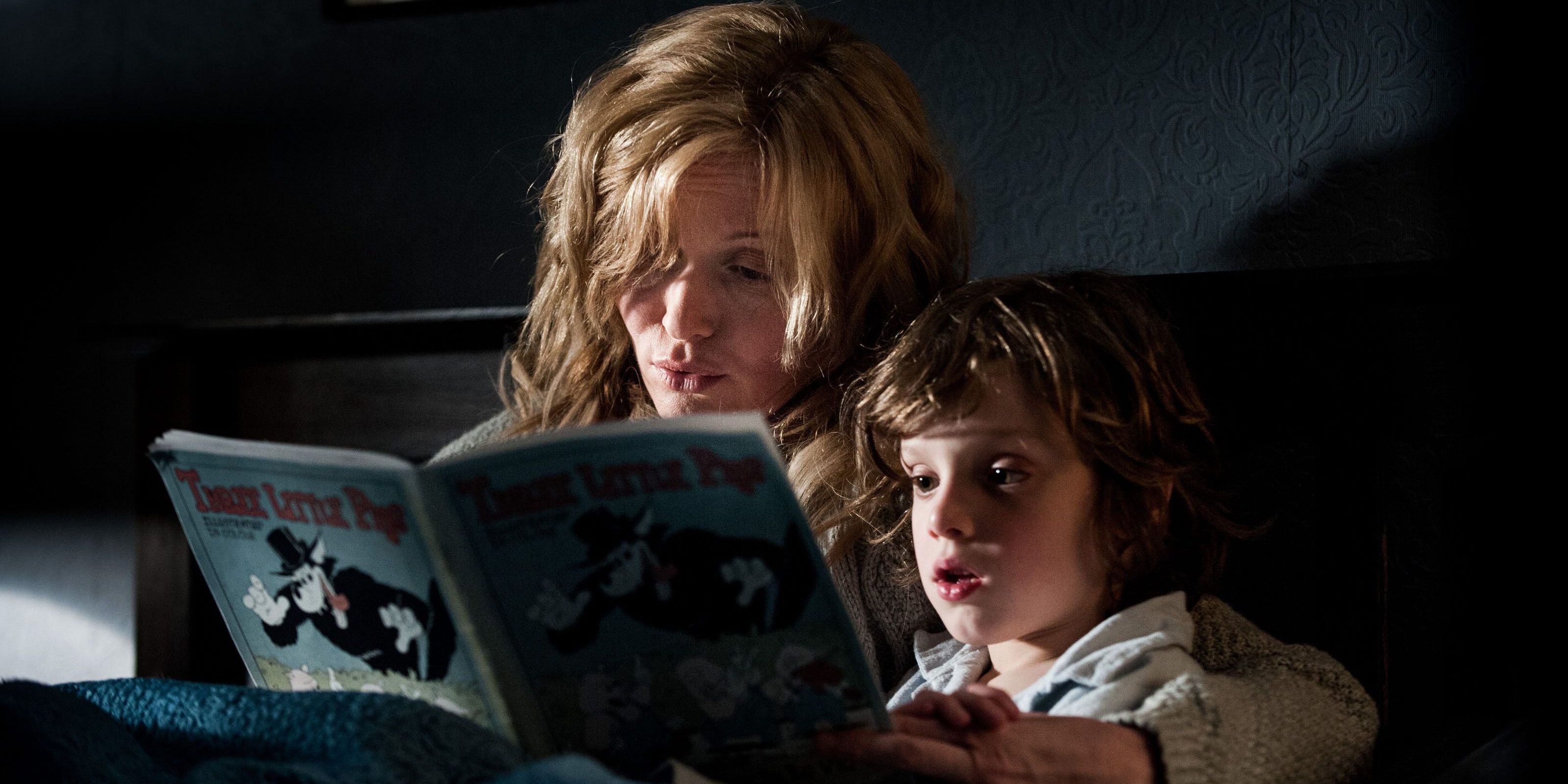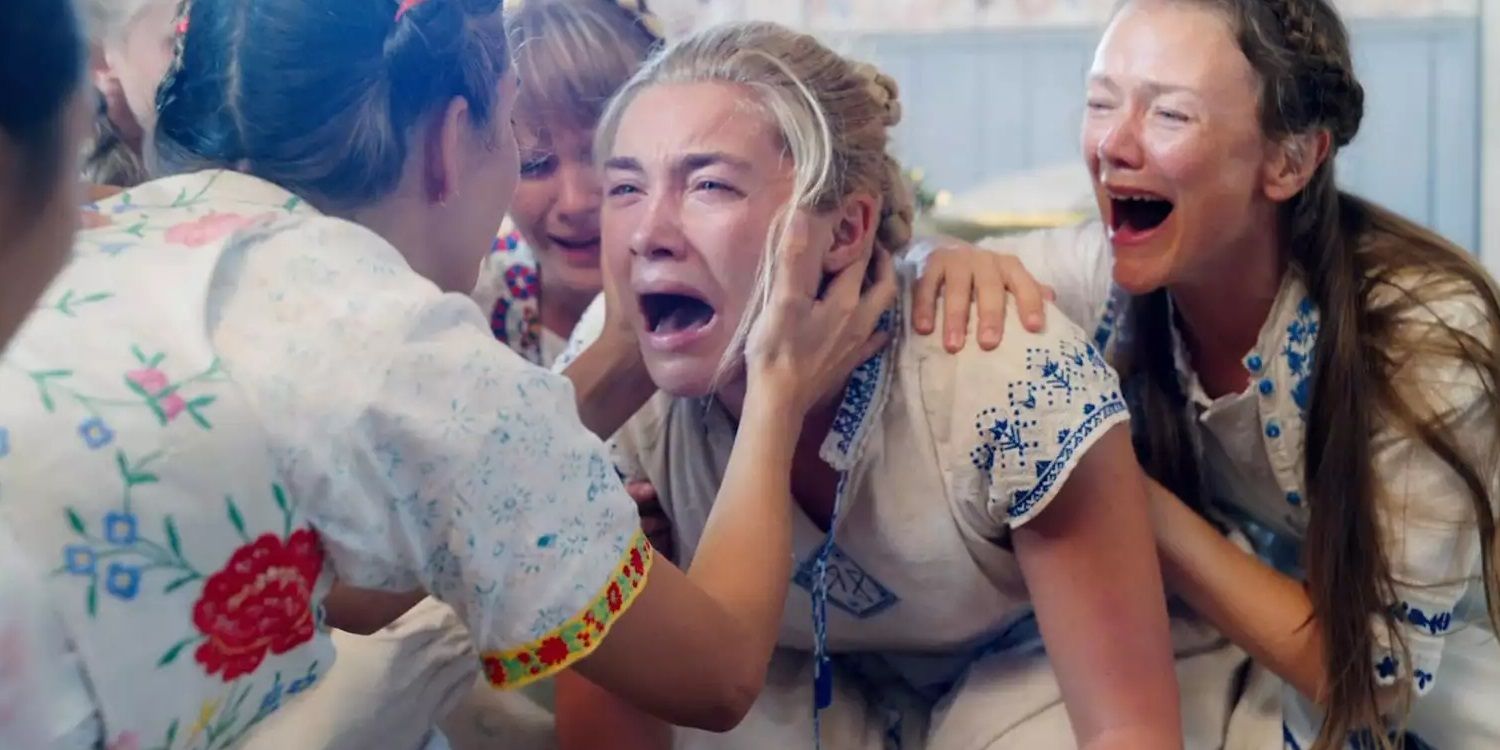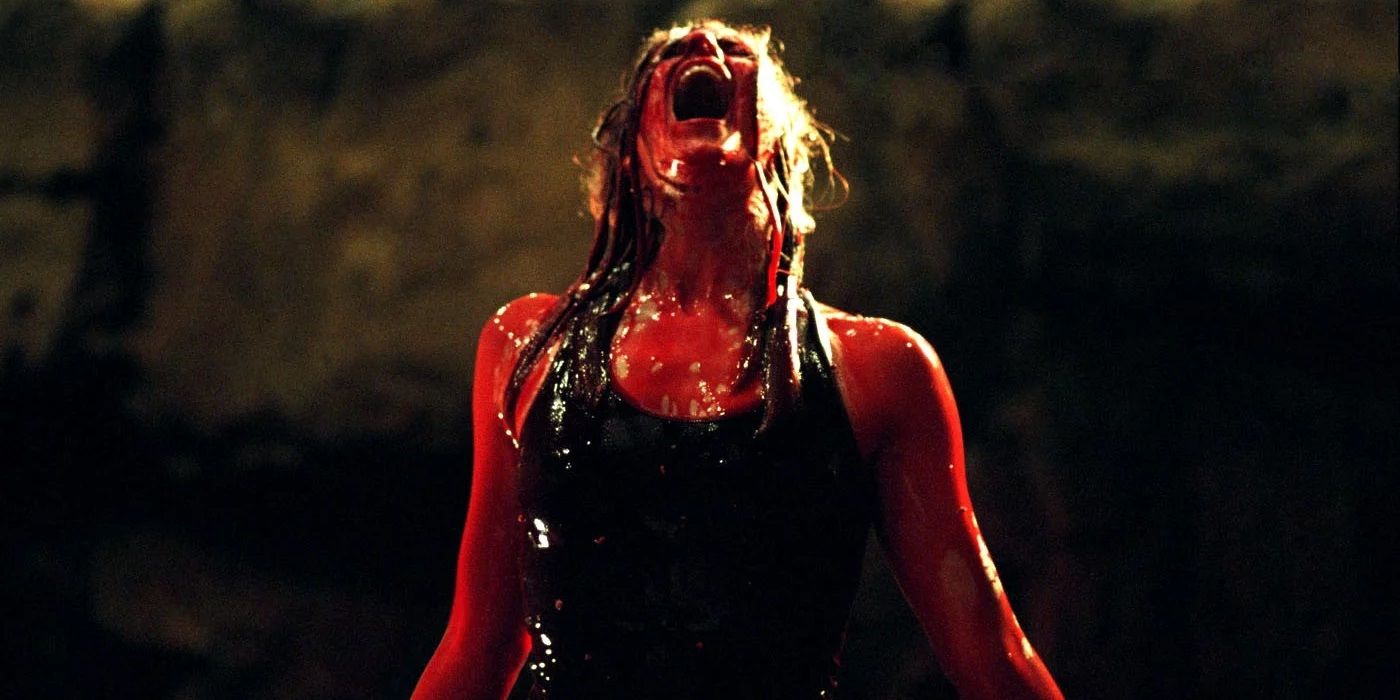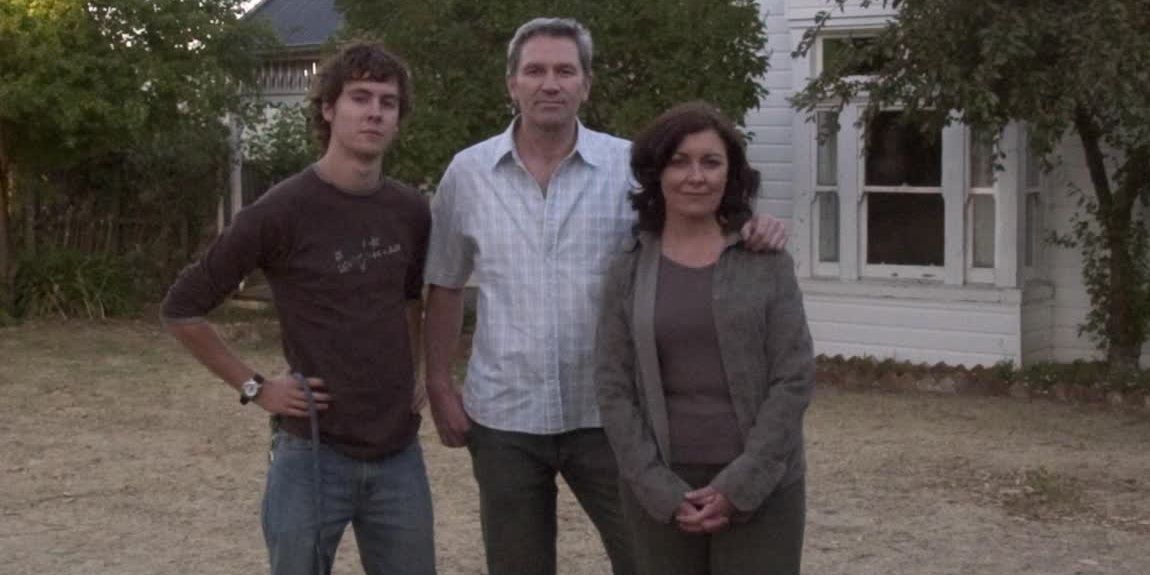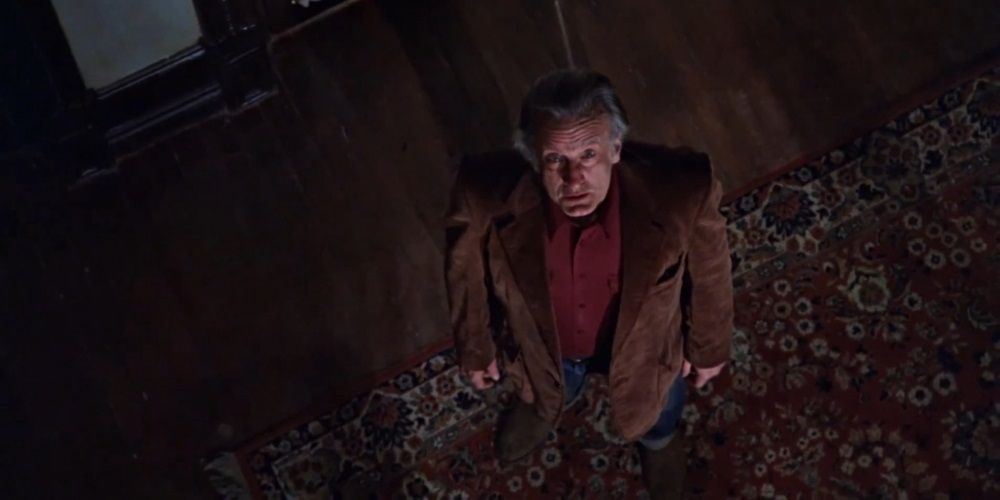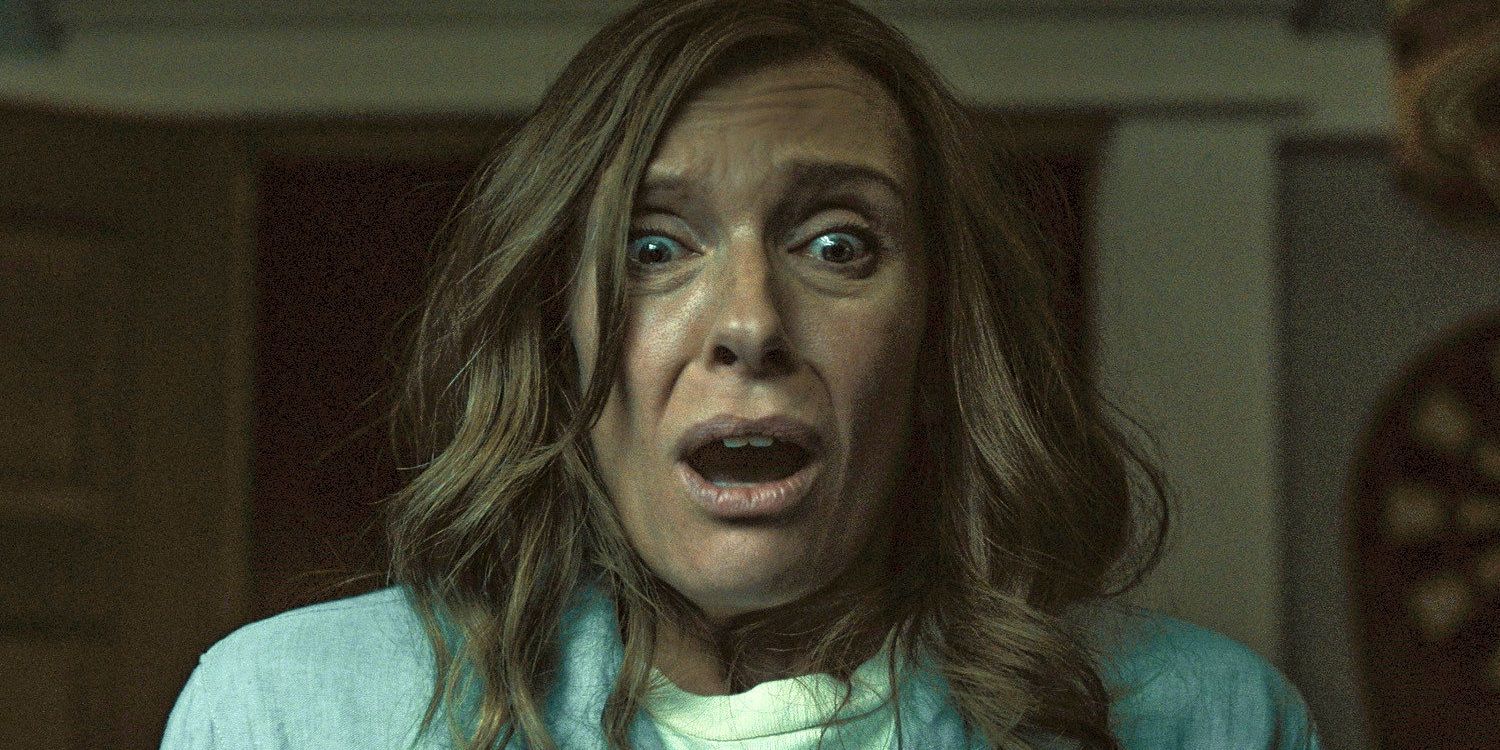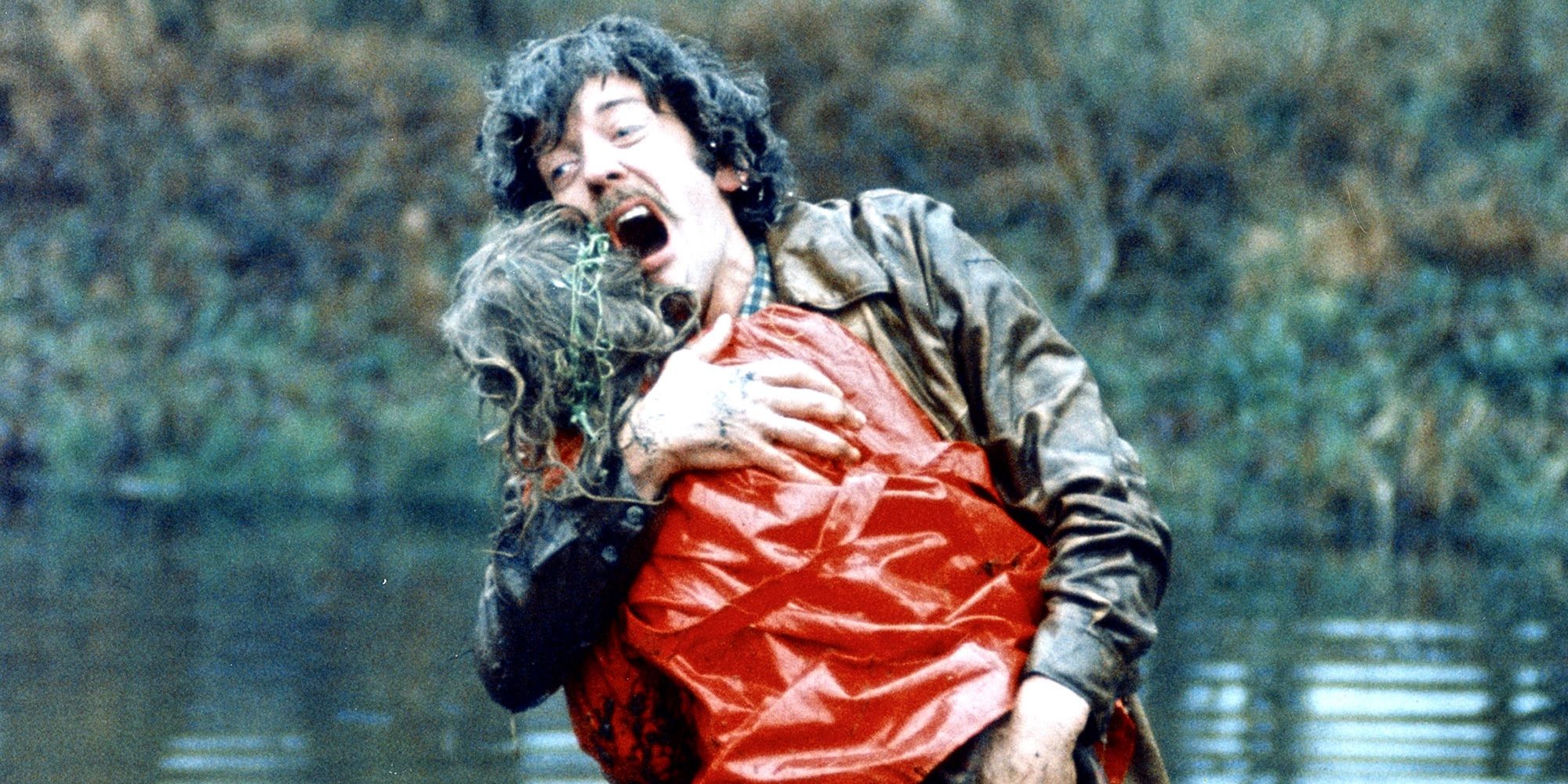Writer-director Alex Garland recently polarized critics and audiences with his folk horror movie Men. Jessie Buckley stars as a widow who goes on vacation to process the apparent suicide of her husband. This is the most recent horror movie about grief, but it’s far from the first film to wring scares out of the very real terror of loss and mourning.
From Hereditary to The Changeling to Don’t Look Now, some of the greatest and most harrowing horror movies ever made deal with the theme of grief.
Pet Sematary (1989)
Based on the Stephen King novel of the same name, Pet Sematary revolves around an ancient burial ground with the mystical power to bring pets back to life. After his son is hit and killed by a speeding truck, a distraught father decides to bury him there.
Any grieving parent would resort to the same drastic measure if the same burial ground was in their backyard. The message of Pet Sematary is that, no matter how difficult it is to process a loss, it’s important to accept it.
The Night House (2020)
Rebecca Hall stars in The Night House as a widow living in a house that her recently deceased architect husband designed. When she finds an identical house containing her doppelganger, she begins to uncover disturbing secrets that her husband was hiding from her.
He learned that a demon was following her, and instead of telling her about it, he tried and failed to trap the demon. This demon is a great symbol for the grief that she can’t shake.
The Orphanage (2007)
A loved one doesn’t have to be confirmed to have passed for people to feel grief over the loss. J.A. Bayona’s directorial debut The Orphanage focuses on a woman who returns to the orphanage where she grew up with her adopted son, Simón, who goes missing after an argument.
Following an extensive search, Simón is presumed to have died. His mother is so desperate to believe he’s still alive that she tries to contact the ghosts of orphans to find him.
The Babadook (2014)
Jennifer Kent’s debut feature The Babadook is one of the defining works of the so-called “elevated horror” movement that saw the genre receive its best reviews in decades throughout the 2010s. It doesn’t have any jump scares; instead, it unnerves its audience with a creepy atmosphere and harrowing subtext.
Essie Davis stars as an exhausted single mother who’s had to raise her son alone after her husband died in a car accident as he drove her to the hospital when she was in labor. From that day forward, she’s had to deal with overwhelming loss and the overwhelming responsibilities of parenthood all at once.
Midsommar (2019)
Ari Aster left viewers deeply disturbed with the unsettling imagery in his sophomore feature Midsommar. Florence Pugh stars as Dani, a young woman who visits a Swedish commune to take her mind off the murder-suicide that killed her entire family.
The horror of her immense grief is visualized in the horrors of elderly people being sacrificed off the edge of a cliff and a gaslighting boyfriend being sedated and stuffed into a hollowed-out bear carcass in a burning building.
The Descent (2005)
The opening act of Neil Marshall’s The Descent offers a double whammy of terror. A group of friends get trapped in a cave-in while exploring an uncharted network of caves. There’s no chance that they’ll ever be rescued, and if that wasn’t frightening enough, they’re promptly targeted by a race of bloodthirsty cave-dwelling mutants.
There’s also an overtone of grief throughout the whole film as its central protagonist, Sarah, is reeling from a traumatic car accident that killed her husband and her young daughter.
Lake Mungo (2008)
One of the greatest horror movies to come out of Australia, Lake Mungo revolves around a family trying to make peace with the drowning death of their daughter, and the potentially paranormal circumstances surrounding her passing.
The movie’s mockumentary style, with elements of “found footage” and docufiction and actors playing interviewees, gives the story a startling sense of realism.
The Changeling (1980)
After his wife and daughter die suddenly, a revered New York composer relocates to a spooky mansion in Seattle in Peter Medak’s psychological horror classic The Changeling. As he stays in this mansion, he begins to suspect that it’s haunted.
The genius of the movie’s horror is that the ghosts that haunt this composer’s new house are a powerful metaphor for the trauma that haunts his emotions.
Hereditary (2018)
Not only did Ari Aster explore grief in his second film, Midsommar; it was a prevalent theme in his first one, too. Hereditary opens with Toni Collette’s Annie Graham attending the funeral of her mother. While she’s still processing that loss, she has to deal with the loss of her 13-year-old daughter Charlie by way of accidental decapitation.
Desperate to reconnect with her daughter, Annie is talked into a séance by a fellow member of the grief support group who turns out to be a part of a sinister pagan cult bent on sacrificing her family to bring the demon Paimon out of the spirit realm.
Don’t Look Now (1973)
Nicolas Roeg’s Don’t Look Now opens with every parent’s worst nightmare. Julie Christie and Donald Sutherland star as a married couple whose daughter drowns while playing by a river at their home in the English countryside. They travel to Venice to get away from their grief by restoring a church.
When they encounter a clairvoyant who claims their daughter is trying to contact them, it sends them down a dark spiral plagued by spectral evils. Grief has never been visualized so poignantly (and shockingly).

